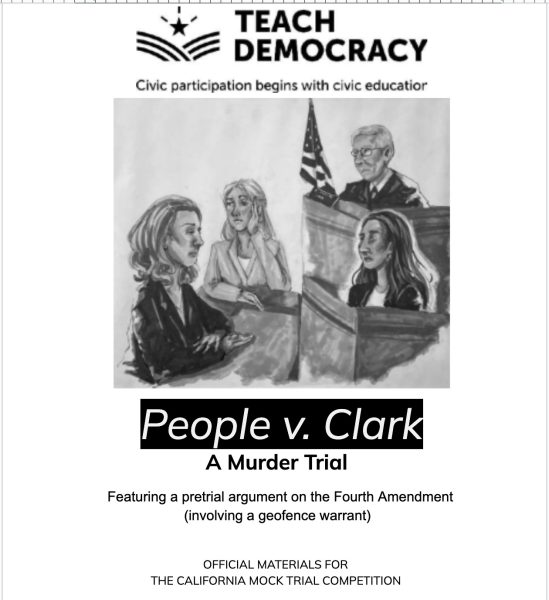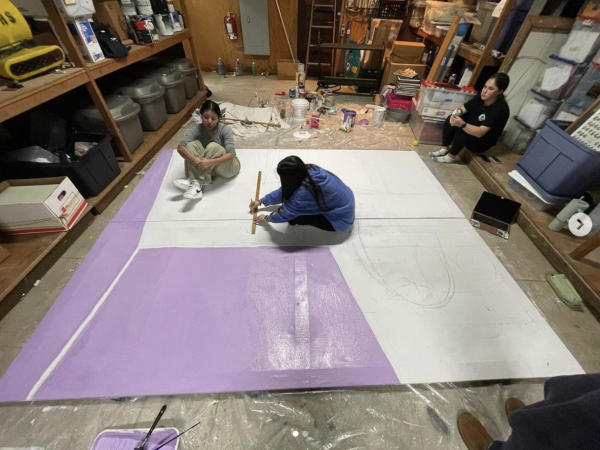PSA: What to do after a car accident
An issue that many teens face is what to do when they’re in their first car crash in their early days as a new driver. When it occurs, it is natural to panic and run away from the situation. But, what is the best way to handle it? The Catalyst asked retired Millbrae City police officer and Public Safety Captain at the College of San Mateo, Rob Dean, how to (legally) handle a crash, particularly a hit-and-run.
“[A hit-and-run] is when you cause damage to another car, and then you leave the scene without properly identifying yourself or showing any accountability for it,” Dean said.
He also said the consequences for committing a hit-and-run depend on whether or not the accident has caused an injury. “If it’s just property damage, it’s a misdemeanor if you leave. If a person is injured, however, no matter how slight the injury, it is a felony. And, the felony is a much more serious crime, and it has a lower standard of arrest. You can be arrested on probable cause based on the circumstances of the offense.”
But, what if you hit a parked car and the driver is not around? Dean suggests that one should leave your basic information on the other person’s car.
“The easiest way is to write it down on a piece of paper, put it underneath the windshield wiper,” Dean said. “Then take a picture of that to show that you comply with the law. [Then] what you need to do is give the other driver information as to who you are, so they can reach out to you and file an insurance claim.”
If you find yourself to be the victim of a hit-and-run, Dean said the first thing to do is “observe it, take pictures with your phone, and that’ll substantiate where you are. It’ll show the damage, and it can also show if your vehicle has been moved. In other words, you’ll have pictures to be able to accurately describe to your insurance carrier.”
Dean’s advice to new drivers is to remind yourself of the important rules of the road.
“Driving is a skill. And, the more you do it, the better you get at it,” he said. “So, the analogy that I would use is when you’re learning to walk as a young baby. You’re okay at it, you toddle around, you wobble, etc. The more you do it, the better you get at it, then you can run, and then you can run correctly, and then you can cut left and right and stop. And, I think a lot of that applies in general to driving that, the more you do it, the sharper your skills get.”









